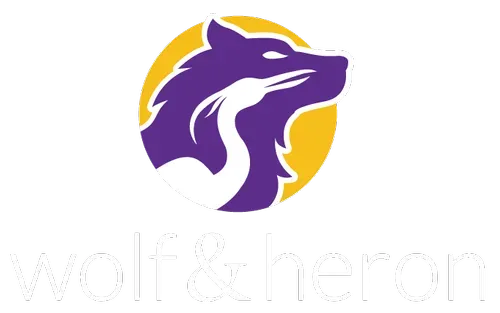The Making of a Conference Theme

As Story and Presentation Coaches, we partner with organizations planning conferences. Conferences have always been a way for people to gather outside of their day-to-day routine, share insights, learn, and grow. In a time when fewer of us are gathering in person, it’s even more important than ever to ensure those conferences are thoughtful and productive experiences for attendees.
There are many storytelling insights that can be applied to conference planning and perhaps the most obvious is the value of crafting a powerful conference theme.
As story coaches, we coach our storytellers to Pick One Theme. By this we challenge them to identify the single most important message they hope to communicate with their story. This theme then helps to shape the story. It helps the storyteller identify what to include, what to exclude, where to focus, and where to move on. It’s an incredibly valuable tool in helping the storyteller refine their story, but ALSO effective in that it ensures the story is cohesive and communicates a clear message. Meanwhile…
A conference theme provides focus for the entire event and sets the tone for presentations, stories, activations, etc.
For conference organizers, a theme serves a similar purpose; it gives your conference focus. It helps you and your audience connect the dots before, during and after the conference. A powerful theme helps people understand why they are showing up, and what will be talked about while they’re there, as well as having emotional resonance. Instead of getting together for an annual team meeting, you are getting together for Vision 2020! For Game On: Unleash the Future! Or for Building Tomorrow Together! When you engage people emotionally, they are more likely to feel connected to the event and it will be more memorable to them.
But how do you identify the right theme for your conference?
There are several ways to develop and then support a compelling conference theme:
Know Your Desired Outcomes
Your desired outcomes are the “why” of your conference—the reason you are bringing everyone together. You can define these outcomes by answering these three questions:
- What do you want people to KNOW at the end of the conference?
- What do you want people to FEEL at the conference?
- What do you want people to do at the end of the conference?
The answers to these questions should inform every element of your conference planning. They should be developed collaboratively and socialized with leaders, speakers and partners so everyone is aligned and primed to keep them in mind as they prepare their contributions to the conference experience.
Create a Pithy Tagline
A tagline is a short phrase that evokes your desired outcomes. The tagline is the public face of the theme. It’s memorable, inspiring and serves as a visual reminder in conference branding and collateral. We often see conference organizers come up with a tagline and stop there. It's good to have a tagline, but it’s not enough on its own.
Identify the Key Messages
Once you have determined what people need to know after attending the conference, you can identify key messages within that. For example, if at the end of the conference you want attendees to know what the future of the organization looks like, your key messages will specifically lay out the organizational vision, and likely the strategy to achieve that vision. These key messages should be woven throughout the conference and guide the development of the agenda itself.
Craft Compelling Stories
Bring your key messages to life with the power of storytelling. When speakers know the desired outcomes and key messages, they can identify stories that will bring those messages to life and weave them into their presentations. These stories can become a part of the folklore of the conference, so they are worth including in the full conference theme write-up that you share with leaders and other conference contributors.
Choose Your Venue Thoughtfully
Where you host your conference should match up with your conference theme. For example, Kara recently supported a conference with the tagline Ignite: Stories Brought to Life and so the organizers identified a hotel by the beach that would allow for campfires and story-sharing moments throughout. Details like this can create meaningful moments for your attendees and reinforce the purpose of the gathering.
Shape Your Branding Intentionally
This one is obvious, but every piece of collateral that appears at the conference should be crafted to support the theme visually and experientially. Obviously, including the tagline is a good place to start, but developing a conference logo and color palette that emotionally connects with the theme and desired outcomes carries the concept even further.
What is your process to come up with a conference theme? What would you add?
Recent Posts





